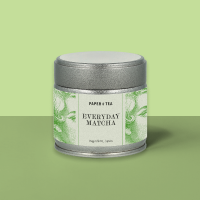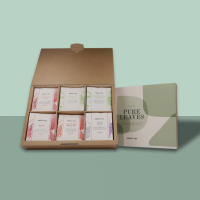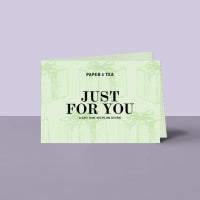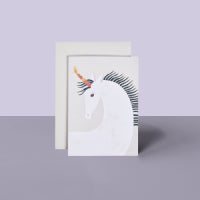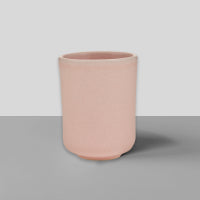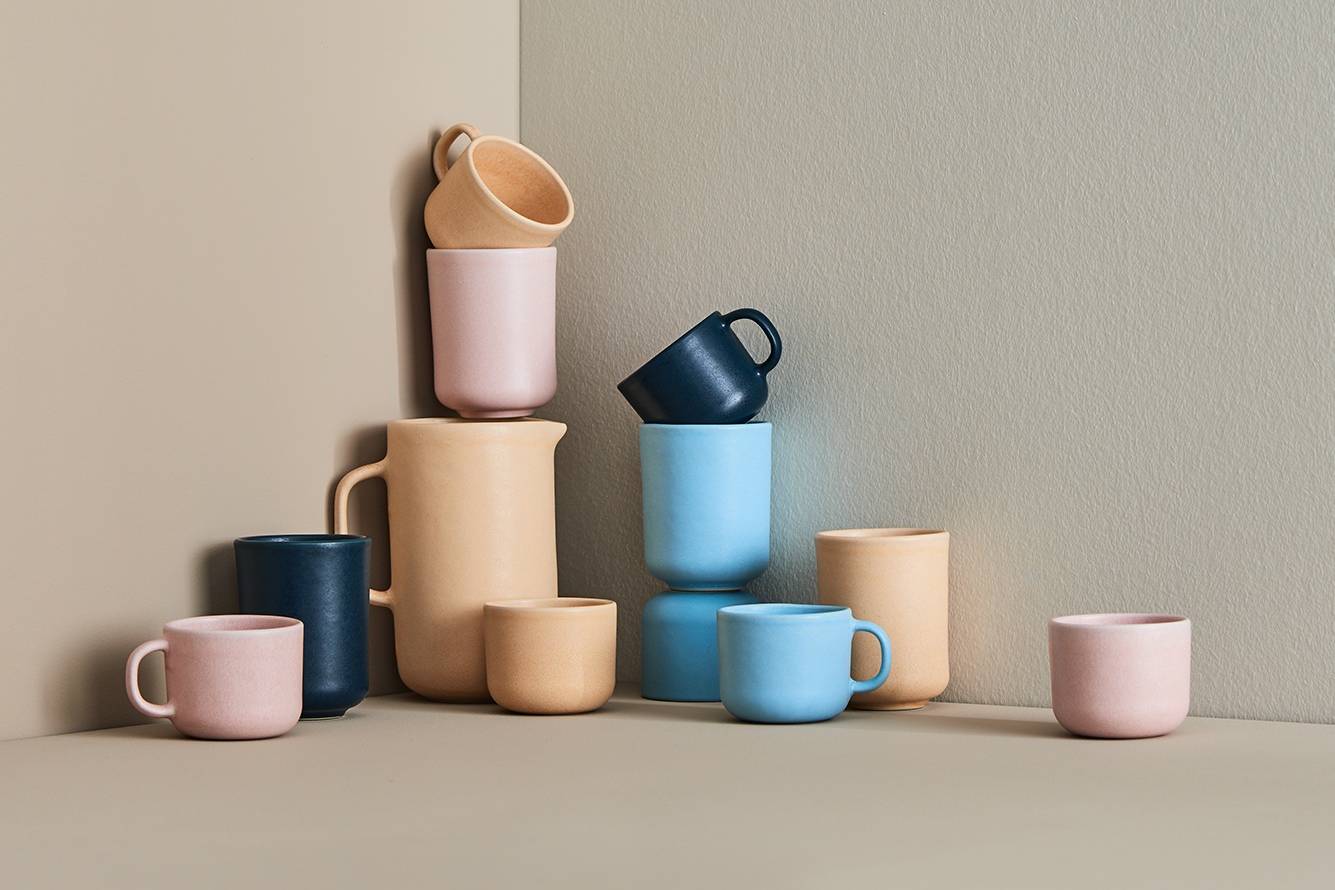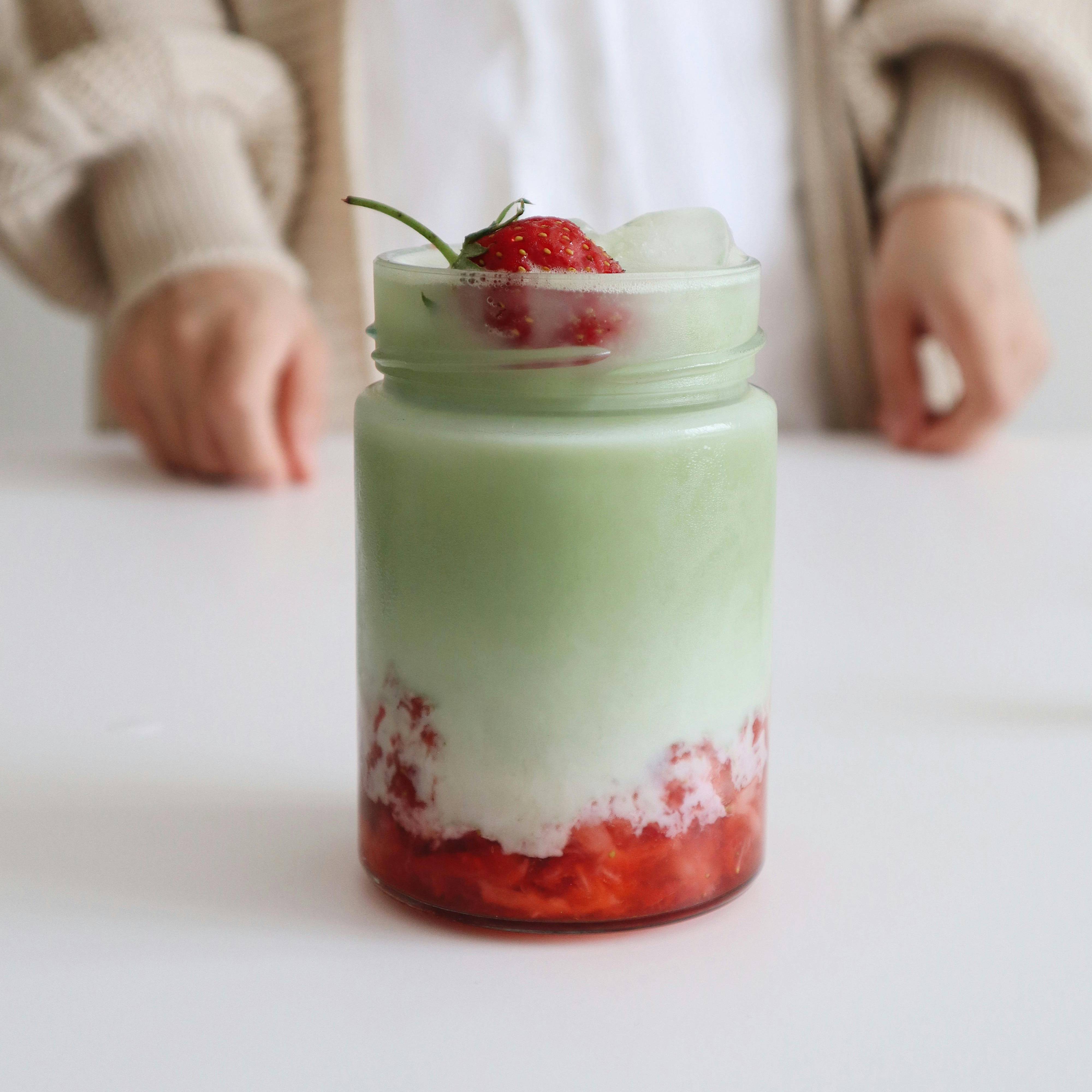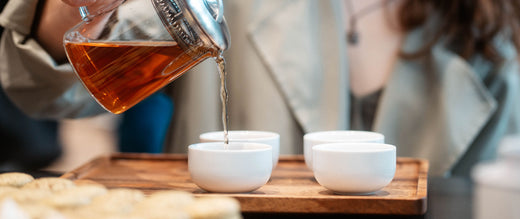Do you want to taste the full flavor profile of your favorite tea? To make sure that the delicious aromas fully unfold in your cup, you should pay attention to certain factors during tea preparation that significantly influence the taste. We’ll take a closer look at water quality, steeping time, quantity, temperature, and the extraction space for the leaves to expand and explain why these factors are important. Of course, it’s always a matter of personal taste. Experimenting with tea preparation is not only possible but encouraged!
Water Quality: The Foundation for the Best Taste
It’s obvious, but often we overlook the simplest things: the type of water you use for brewing your tea plays a crucial role. After all, tea consists of up to 98% water. Thus, it affects how the beverage feels in your mouth and how the aromas unfold. It's worth paying attention to the quality of the water! We recommend filtered water. You can easily prepare it by passing tap water through a water filter. Depending on the city you live in, water hardness can vary. The optimal hardness for hot beverages is 8. The harder the water, the more lime it contains. Too hard water leaves a cloudy film on the surface of your tea. Soft water, on the other hand, highlights the floral notes of white tea or a fine Darjeeling.
The Art of the Right Temperature
Perhaps you already know, but water temperature is a true game-changer in tea preparation. Each type of tea has an ideal brewing temperature. You can read this on our packaging or online on the product pages. Very few teas are brewed with boiling hot water. The range goes from 65°C for some green teas to 100°C for herbal infusions. Keeping an eye on the temperature water kettles with a temperature display can help. Let’s delve into what different water temperatures can do!

Green Tea: Low Temperatures Preserve Delicate Aroma
Have you ever wondered why your green tea tastes bitter? It’s most likely because you brewed it too hot. Green tea should be brewed at a temperature of 65-80°C. The bitter compounds dissolve faster with heat, and in boiling water, the green tea leaves lose their fine aromas. If you don’t have a kettle with a temperature display, you can let the water sit for about five to ten minutes after boiling to reach the ideal temperature for green tea. There are numerous varieties, so each tea has different recommendations. For our Genmaicha GRAIN OF TRUTH N°314, a green tea blend with roasted rice, and the Kabusecha DAIKOKU N°317, a Japanese shaded tea, we recommend a water temperature of 70°C. Delicate teas from China with floral notes, such as the IMPERIAL DRAGON N°302 and IN THE MOOD FOR LOVE N°323, are brewed at 80°C. Our Hojicha DAILY TOAST N°318, with strong roasted aromas, develops its full profile best at 90°C.

Black Tea: Heat Unleashes Full Aromas
Black tea is completely oxidized. The higher the oxidation, the higher the brewing temperatures needed for optimal flavor. Its intense, often malty flavor unfolds best at a temperature of 90°C. Exceptions are tea blends, such as our SACRED EMILY N°524, a blend of black and green tea with jasmine, which we brew at 80°C. Delicate Darjeelings like QUEEN’S GRACE N°502 and MUSE N°504, teas from the Himalayas in India, need special treatment, being brewed at 80-85°C.
Oolong and White Tea: Nuanced Temperatures
To support the delicate character of white tea, it requires gentle preparation. As a rule of thumb, white tea is brewed at a water temperature of 70-80°C. There are interesting tea rarities, such as the stem tea LAPANSI ANTLERS N°114, which best unfolds its fruity notes at 90°C. Oolongs are partially oxidized teas, meaning the tealeaves were exposed to oxygen for a certain period during processing. As you already know from black teas that are fully oxidized, the higher the oxidation, the hotter the temperatures needed. Oolongs span between green and black teas in terms of ideal water temperature, allowing for experimentation between 80-90°C.
Steeping Time for True Flavor Moments
Once you’ve brewed your cup, the preparation isn’t over: the steeping time determines how intensely tea leaves release their aroma. The longer the steeping time, the stronger the flavor. White and green teas steep briefly because they release flavor quickly. If brewed too long, they can become bitter or too intense. Therefore, you should keep an eye on the steeping time. The process of steeping time combined with water temperature is also known as extraction. For green teas, we recommend 1 to 2 minutes. For black teas, you can plan a longer extraction of at least 3 minutes. Our recommended steeping times can be found on each PAPER & TEA package. Experimentation is also encouraged here, depending on how intense you like your tea. For cold brews, you should let the tea leaves steep for at least four hours, or better yet, leave them in the refrigerator overnight to fully develop their aroma.

Quantity: Finding the Right Balance
The amount of tea leaves used affects the strength of your brew. In Western tradition, 1 gram per 100ml is often used, whereas Eastern tradition uses a much higher quantity of 5-7 grams per 100 ml (and almost no steeping time). We recommend using 4 grams of tea per 250ml. As a rule of thumb, use 1 to 2 teaspoons per cup. However, the right dosage is a matter of personal preference. And there is no universal tea quantity. After all, tea comes in various forms, whether stem tea, rolled oolongs, delicate buds, broken black tea or powdered matcha. Follow our guidelines or play around with the ratios: Did you know that all our teas are so potent that you can always enjoy at least two infusions?

Space for Expansion
Give your tea the space it needs to extract. Only when the leaves can move freely in the pot or infuser, they fully develop their flavor potential. The larger the surface area, the more aromas can be released into the water. Traditionally, water is poured directly over the tea leaves and then poured into a serving pot. In a pot like our CYLINDER POT LARGE, the leaves can fully open and react with the water after brewing. A glass pot also offers a beautiful effect as you can watch the dance of the tea leaves. If you prefer to brew tea directly in your cup, we have developed tea strainers that utilize the full volume of your teacup. Using a strainer makes preparation easy, for example with our INFUSER GOLD.

The Art of Tea Preparation
The enjoyment of tea largely depends on how you prepare it. With the tricks we just showed you, you can influence the taste and experience. Brew yourself a delicious beverage that accompanies you at every moment with the right preparation. Take your time, experiment and find your own perfect cup.
